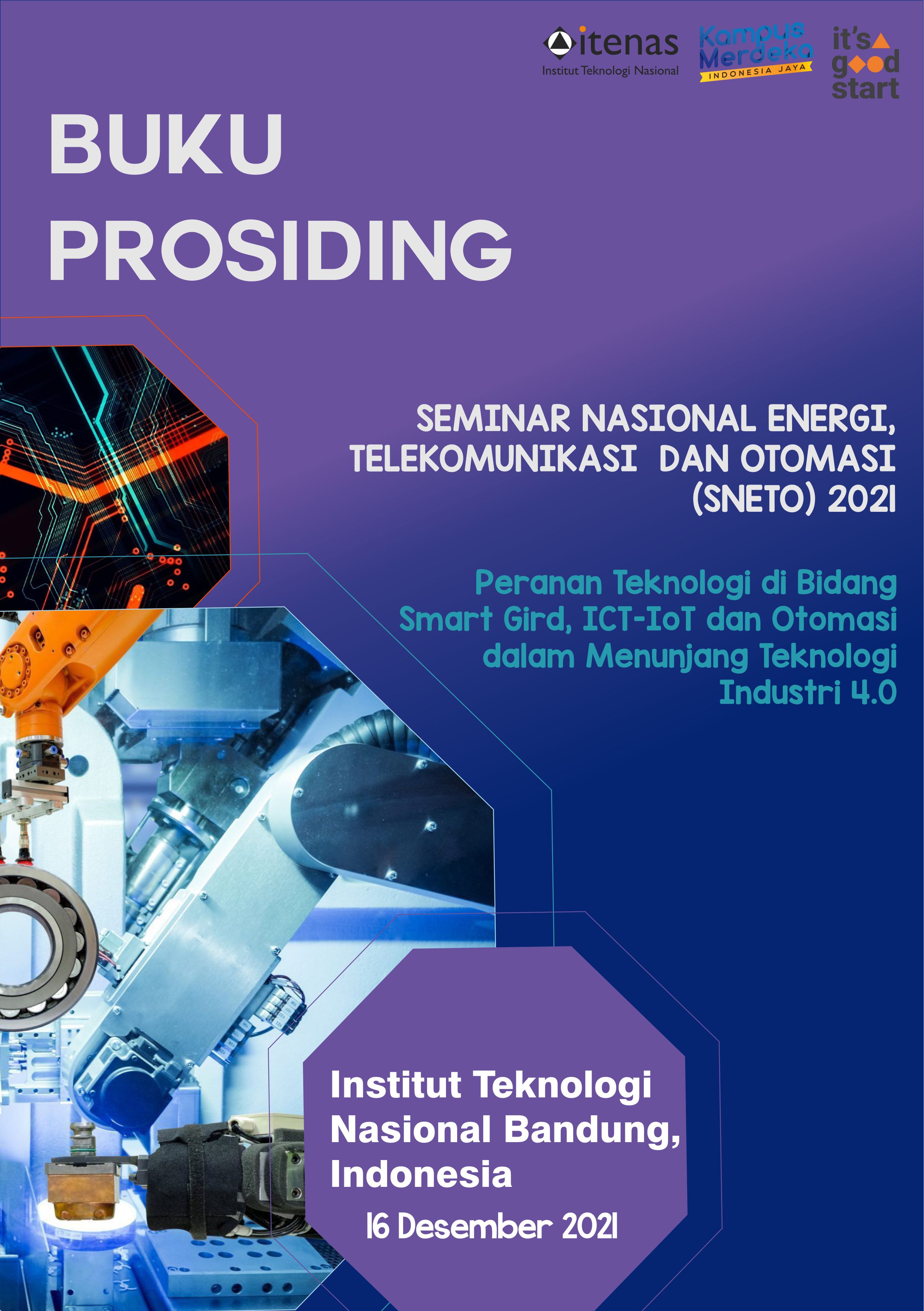Simulasi Permitivitas Non Liner Spacer FGM-GIS
Abstrak
ABSTRAK
Spacer adalah isolator padat yang berfungsi untuk isolasi tegangan tinggi sekaligus penyangga mekanis konduktor fasa dalam kompartemen Gas Insulated Substation (GIS). Spacer terletak di daerah pertemuan simpang tiga (triple junction) GIS yaitu gas SF6 , resin epoksi dan kabel konduktor bertegangan tinggi. Akibatnya spacer menjadi peralatan isolasi padat yang paling lemah tautannya dalam menerima stress medan listrik tinggi. Masalah umum kegagalan isolasi spacer yang sering terjadi adalah meningkatnya distribusi medan listrik lokal pada daerah triple junction dan kontaminan partikel konduktif yang menempel dipermukaan spacer sehingga memudahkan terjadi surface discharge. Teknik terbaru dalam mengontrol medan listrik tidak seragam ini dengan menggunakan material permitivitas non liner , Functionally Gradient Material (e-FGM). Paper ini melaporkan studi simulasi komparasi penggunaan filler resin epoksi sebagai permitivitas non liner dalam memperbaiki kinerja komposit polimer resin epoksi untuk mengontrol medan listrik dipermukaan spacer GIS. Selanjutnya dari hasil analisa simulasi perhitungan medan listrik gradasi tersebut dibandingkan dengan ketersedian material filler yang tersedia di kelompok material polar dielektrik seperti partikel keramik Al2O3, SiO2,TiO2,BaTiO3 dan SrTiO3. Hasil akhir simulasi permitivitas gradasi (non liner) terbaik adalah bentuk U-FGM dapat menurunkan intensitas kuat medan listrik lokal di dua daerah triple junction yaitu konduktor tegangan tinggi GIS dari 18 kV/cm menjadi 12 kV/cm dan di body enclosure GIS dari 8kV/cm menjadi 5 kV/cm.
Kata kunci: spacer FGM, resin epoksi, filler, surface discharge, permitivitas gradasi, medan listrik grading
ABSTRACT
Spacers are solid insulators that function for high isolation as well as mechanical support for the conductor phase in the Gas Insulated Substation (GIS) compartment. The spacers are located in the GIS triple junction, namely SF6 gas, epoxy resin and high-voltage conductor cables. The result of the spacer is the bonding equipment that is the weakest bond in receiving electric field voltages. A common problem of failure is spacer insulation that often occurs is the distribution of the local electric field in the triple junction area and conductive particle contaminants that stick to the surface of the spacer, making it easier for surface discharge to occur. The latest technique to control this non-uniform electric field is by using a non-linear permittivity material, Functionally Gradient Material (e-FGM). This paper reports a comparative simulation study of the use of epoxy resin as a non-linear permittivity in improving the performance of epoxy resin polymer composites to control the electric field on the surface of the GIS spacer. Furthermore, from the simulation results, the calculation of the gradation electric field is compared with the availability of filler material available in the polar dielectric material group such as ceramic particles Al2O3, SiO2, TiO2, BaTiO3 and SrTiO3. The final result of the best (non-linear) permittivity simulation is that the U-FGM shape can reduce the intensity of the local electric field in two areas of three connections, namely the GIS high-voltage conductor from 18 kV/cm to 12 kV/cm and in the GIS body enclosure from 8kV/cm. cm to 5 kV/cm.
Keywords: spacer FGM, epoxy resin, filler, surface discharge, permittivity grading, electric field grading
